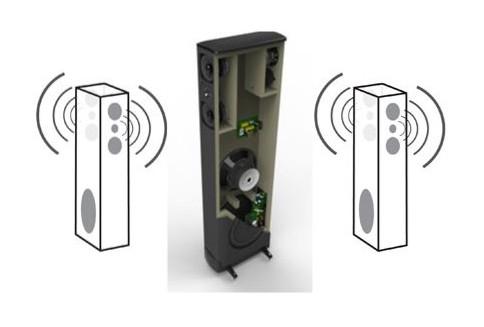Can Speakers Have a Super-Wide Listening Angle?

Q I don't have room for a surround setup in my home theater, so I’ve decided to buy a pair of floorstanding tower speakers. My TV has a super-wide viewing angle. Are there any speakers with a super-wide listening angle? I don't want to be the only person in my family sitting in the "sweet spot.” —Edward G. Jones
A A main benefit to surround speaker setups is wide sound dispersion: Having multiple matched speakers located at different points around the room creates a broadly distributed sound field that can eliminate sweet spot issues associated with stereo-only setups.
That said, certain stereo speakers—models from PSB, for example—are designed with special attention paid to off-axis sound quality. Such speakers can have a wider-than-average listening angle: sound at off-center seats isn’t drastically different from what you’d hear when sitting front and center.
Another option you should consider if you’re concerned with getting a super-wide listening angle is bipolar speakers. Such models, which are made by companies like Definitive Technology, have matched sets of drivers located on the speaker’s front and rear that emit sound in-phase with each other. With this arrangement, direct sound emanating from the speaker’s front-facing drivers is augmented by reflected sound from the rear-facing drivers. The resulting sound balance can be lush, immersive and more forgiving of off-center seating than what you typically experience with regular tower speakers. It might just be the solution you’re looking for.























































